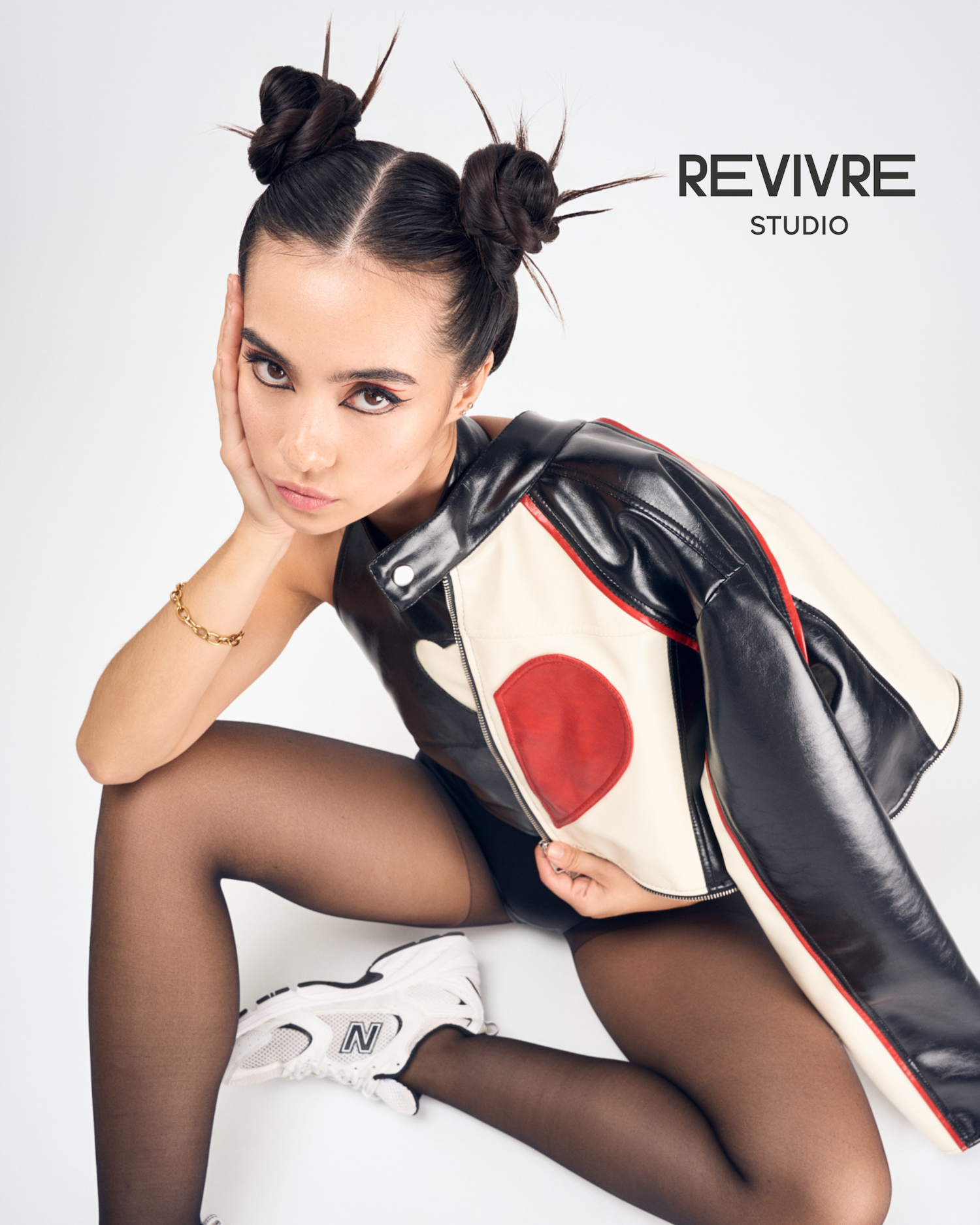
Discover the refined world of Khmer wedding attire, blending mythological heritage, precious silk, and contemporary design. A living cultural symbol.
Khmer wedding attire is part of a centuries-old tradition, blending myth, symbolism and textile know-how. At the heart of the ceremonial attire are the sampot , the sbai and the chong kben , adorned with sumptuous jewels, each carrying a specific meaning. The rituals, inspired by the legend of Preah Thong and Neang Neak , structure the ceremony in several stages, punctuated by changes of outfit. Today, designers and brides are modernizing these codes by integrating contemporary fabrics (satin, tulle) and hybrid cuts, while preserving Khmer authenticity.
Mythological origins
The Khmer wedding ceremony is rooted in the legend of Preah Thong and Neang Neak , mythical founders of the Khmer people. During the homonymous ritual, the groom embraces the bride's sbai (scarf), recreating the gesture of Preah Thong who embraced the princess of the Naga , symbolizing the union between the terrestrial and aquatic worlds.
Meaning of colors and patterns
The dominant colors—red, gold, and white—embody joy, prosperity, and purity, respectively. The embroidery of floral and geometric motifs recalls the richness of Khmer craftsmanship and the frescoes of Angkor .

Traditional Khmer outfits
Sampot and its variants
The sampot , a long loincloth draped around the waist, comes in several forms suitable for ceremonies:
- Sampot Chang Kben : loincloth rolled up and tied like trousers, practical for dances and processions.
- Sampot Hol : a multi-colored patterned weaving, often worn by guests to greet the bride.
The Sbai (ceremonial scarf)
Woven from silk or cotton, the sbai covers the left shoulder and falls diagonally. An essential part of the bride's attire, it symbolizes the attachment and divine protection worn by the bride.
The Chong Kben (draped trousers)
Worn by the groom, the chong kben also drapes around the pelvis, forming a loose-fitting pair of trousers. It allows for great freedom of movement during the procession from the bride's home to the main ritual venue.
Jewelry and accessories
Brides and grooms adorn themselves with gold or gold-plated necklaces, bracelets, belts, and crowns, symbols of respect for their elders and family wealth. Each piece of jewelry is a testament to local craftsmanship and can be passed down from generation to generation.
The groom's suit
In addition to the chong kben , the groom wears a fitted shirt and, often, a sampot kruang (embroidered loincloth) tied at the waist, harmoniously reflecting the bride's outfit.

Rituals and ceremonies associated with costume
Preparation and Offerings
Preparations can last several months. Families and friends collect fabrics, flowers, and Buddhist offerings to bless the couple. A traditional wedding can last two to three days, with each phase marked by a change of attire and a different blessing.
Preah Thong and Neang Neak Ceremony
A central moment, this ceremony evokes the creation of Funan (the first Khmer kingdom) and confirms the sacred union of the couple. Only close friends attend the ritual reenactment, during which the bride and groom often wear their richest attire, embellished with the ceremonial sbai.
Buddhist blessing and gift exchange
The monks receive tithes and offerings and pronounce vows of happiness. This is followed by the symbolic exchange of gifts between families, strengthening socio-family ties and alliances.
Multiple outfit changes
An ancient tradition taken up by the bride who can change outfits up to ten times, marking each ritual stage and ritualizing the transition to married life.
Modern inspirations
Traditional and modern fusion
Many designers today favor contemporary fabrics (satin, tulle) while preserving Khmer iconography. For example, dresses mix authentic silk sbai with modern bodices for a “modern romantic” style.
Custom adjustments
Brides opt for fitted cuts and pastel or metallic colors, and sometimes incorporate a chong kben revisited in the form of a pencil skirt, combining comfort and elegance.
Emerging designers and labels
Brands like Revivre Studio , Natacha Van or Ambre offer tailor-made outfits for Khmer weddings that honor tradition while being designed for the modernity and mobility of a current ceremony, as well as tailor-made wedding outfits (suits and dresses), for modern ceremonies or other cultures.
Conclusion
Khmer wedding attire reflects a rich heritage, where every fabric and piece of jewelry tells a story. Rooted in age-old rituals, they are now adapting to contemporary tastes thanks to the boldness of Cambodian designers, preserving their cultural essence while offering innovative styles for the modern bride.

